Inventive open tunings, offset time signatures, jangly Teles, and dream-machine pedals help illuminate the cinematic melodies and moods for the archetype of Midwest emo.
The 15-year history of Rig Rundown has established that guitar gear fascination (and obsession) runs deep in our community. It’s the life blood of our show. But if there was ever antithetical example to guitar gluttony and equipment idolatry, it would be American Football. Their original self-proclaimed “bedroom college project” focused on self-expression, musical creativity, and working with what you had, which wasn’t much.
For the recording of their pioneering American Football album released in 1999, they borrowed most of their gear, shared a single guitar cable and tuner, didn’t use bass, and formulated odd open tunings that allowed for sinuously melodic cinematic passages between Kinsella and Holmes. Their exploration of unique open tunings inspire a legion of players include 6-string virtuoso Yvette Young. (She now ships all her signature Ibanez guitars in a tricky open tuning—F–A–C–G–B–E—derived from American Football.) Their ingenious and scrappy methods went on to inform the brand of Midwest emo that simmered a devoted fanbase waiting for their return after disbanding in 2000. First returning to the stage in 2014 and delivering two more American Football albums in 2016 and 2019, the band continues using minimal gear for maximum art.
Ahead of American Football’s headlining show at Nashville’s Brooklyn Bowl, cofounding members Mike Kinsella (vocals/guitar) and Steve Holmes (guitar) invited PG’s Perry Bean onstage for a refreshingly practical gear chat. Kinsella recalls the band’s basic beginnings and explains how he starts every American Football demo. Then, Holmes shows off his “gorgeous and favorite” Tele. Plus, we encounter a Rig Rundown first where the tech has veto power over setlists.Brought to you by D'Addario Trigger Capo.
A Fender From a Friend
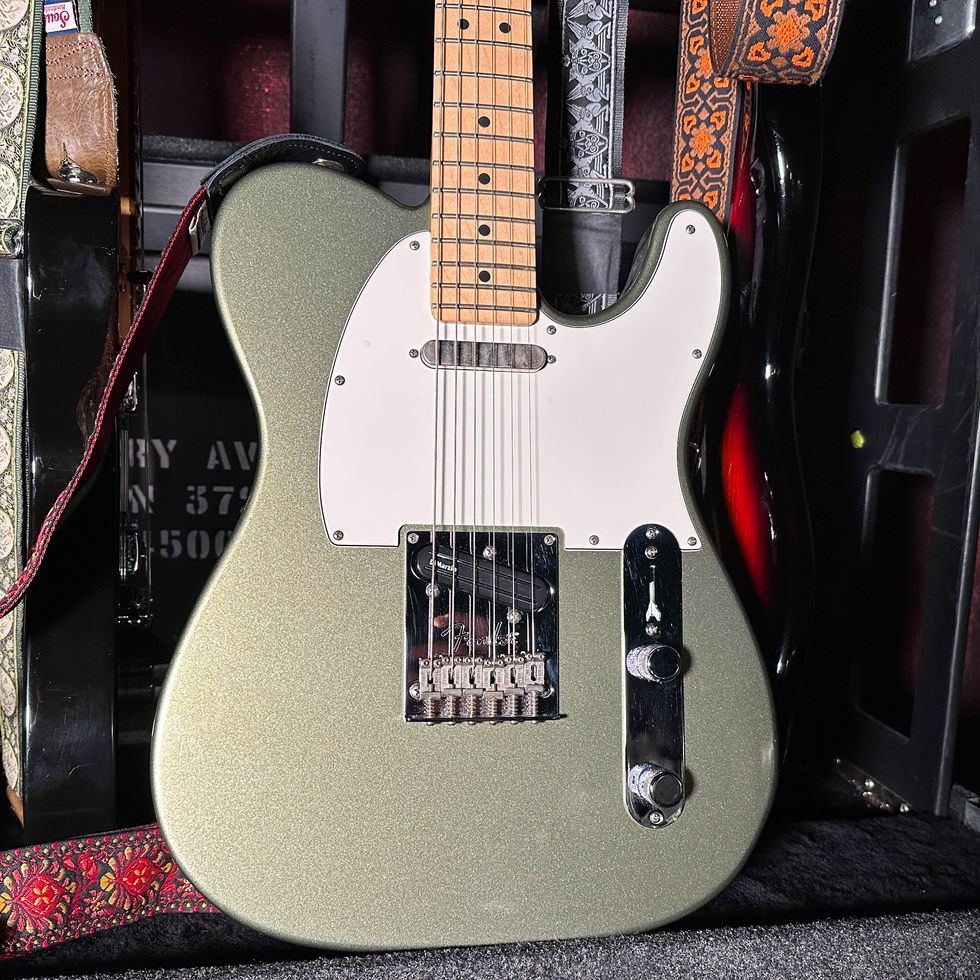
American Football’s origins were aided by friends who borrowed them gear. The band recorded most of their earliest work on whatever equipment that worked and was loaned to them. (Guitarist/singer Mike Kinsella admits in the Rundown that he didn’t even own a guitar when they recorded the first EP.) Additionally, through their 26 years they’ve been ransacked several times depleting their gear collection, so they’re not too precious about anything. This Fender Player Plus Telecaster was recently given to him from pal Joe Trohman of Fall Out Boy. Kinsella believes Trohman gave Fender his specs or may have modded it before it was gifted to him, because the DiMarzio Chopper T was added before he got the T. Kinsella notes that he leaves the 3-way selector in the middle position most times.
Retail Therapy
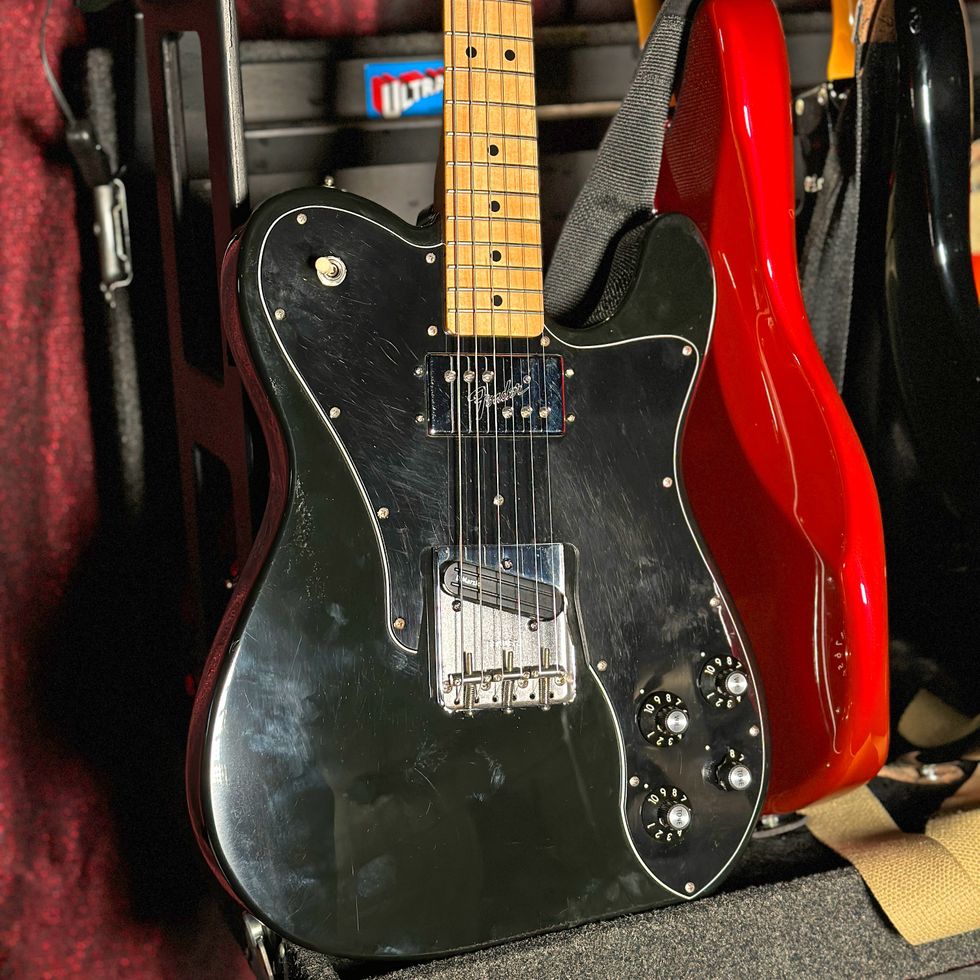
“I really enjoying going to Chicago Music Exchange because their staff is so nice and helpful. I just have so much fun there,” states Kinsella. Every couple years Mike goes there with the intention of buying a guitar and most recently he got this Fender Vintera 70s Telecaster Custom that’s been upgraded with the DiMarzio Chopper T.
Dark and Dead
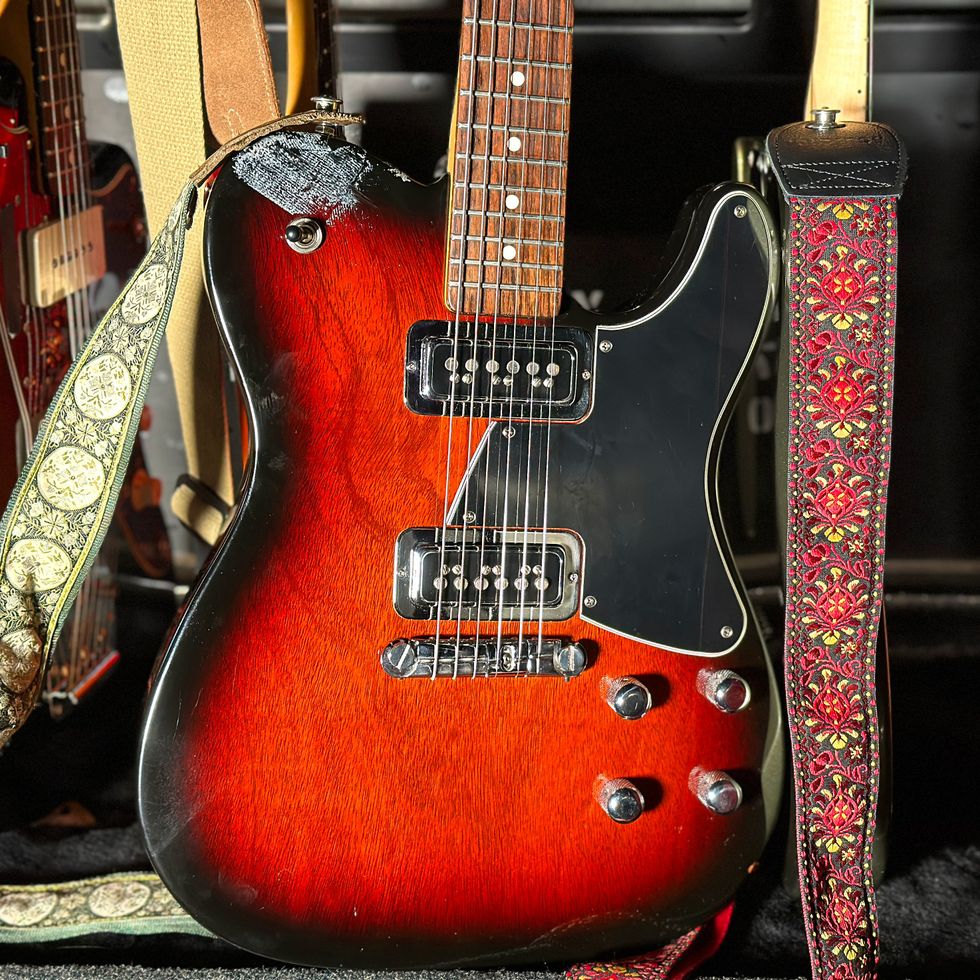
Another one of Kinsella’s causalities to crooks was a late-’90s Fender Tele-Sonic. He reacquired a different chambered Tele when visiting Texas. He uses this one onstage the least, but really enjoys his “dark, dead sound” that makes him feel in “total control.” This quirky Tele has a chambered mahogany body, a maple neck on a rosewood fretboard, a compact 24.75" scale length, and DeArmond Dynasonic single-coil pickups.
Keeping It Straight
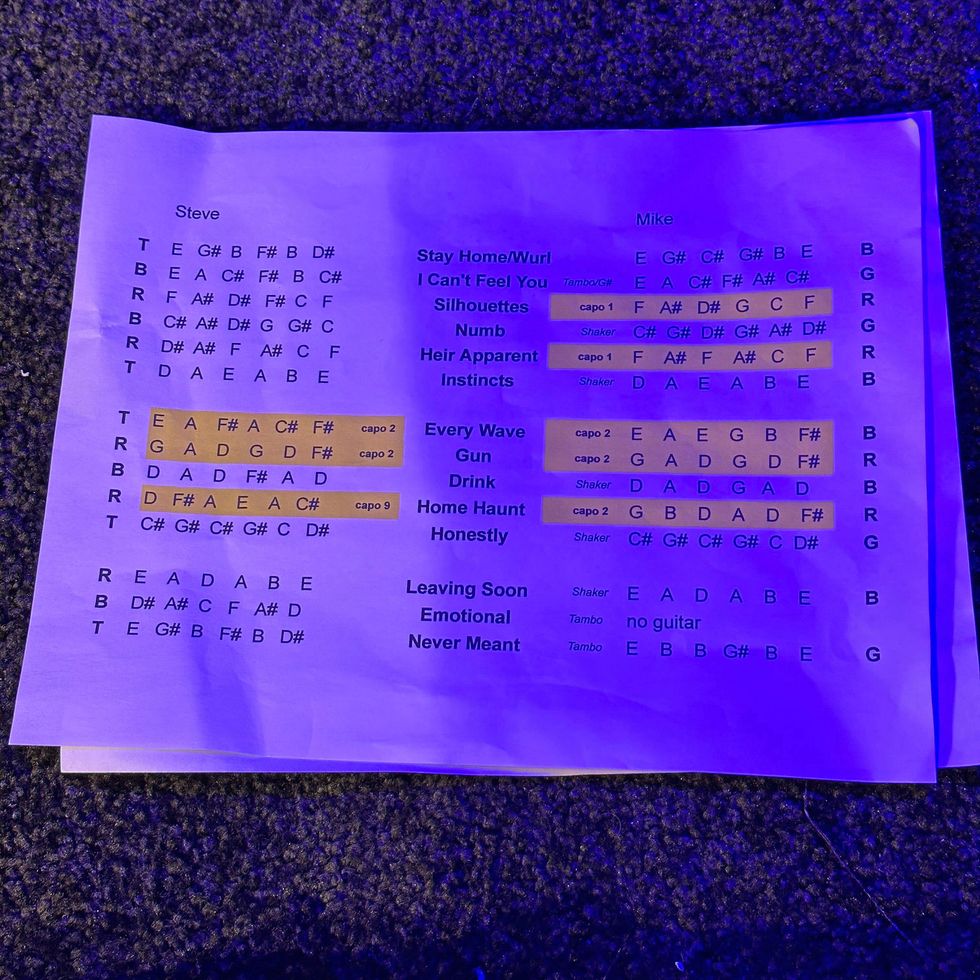
Guitarists Mike Kinsella and Steve Holmes rarely play in the same open tunings. To make sure each set goes smoothly, the band’s tech Mike Garzon has veto power on song inclusion and order based on what he can pull off while also being an auxiliary member covering percussion and keyboards. Here’s a cheat sheet that helps map the choreography each song needs and where it could potentially work in the set.
Mike In Stereo
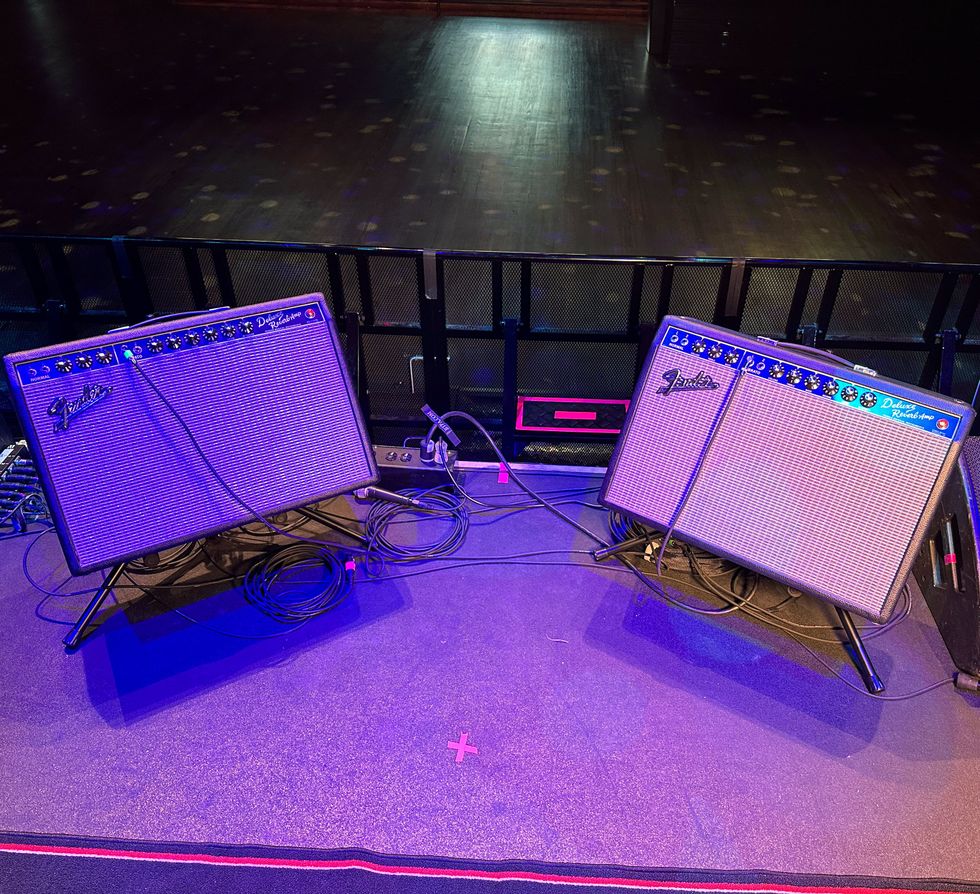
Fenders have long been part of the band’s tone and on this North American run Kinsella used a pair of Fender Deluxe Reverb reissues. He’s plugging into them both to give a fuller, spacier, dreamier stereo effect.
Mike Kinsella's Pedalboard
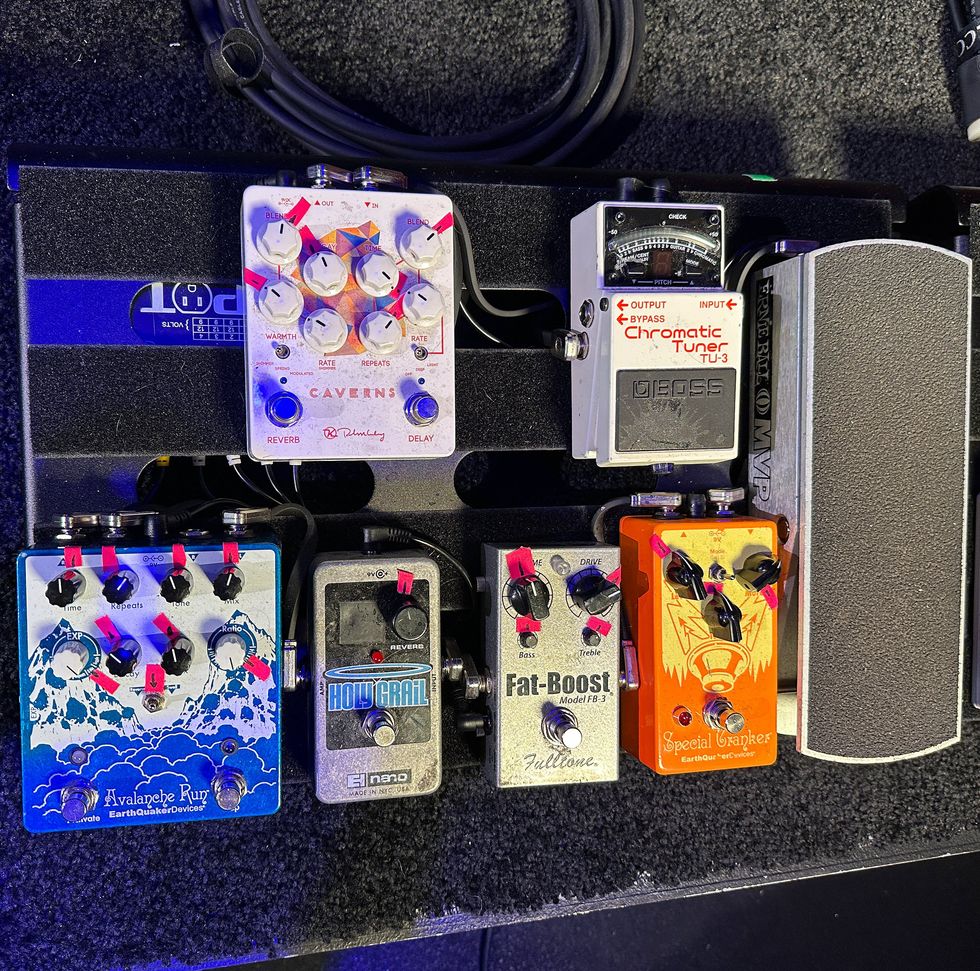
The band never used pedals when recording or performing their first EP and debut full length in the late ’90s. To achieve differing sounds, they would create open tunings, change pickup selections, and layer all guitars parts. Pedals didn’t enter the equation until they restarted in 2014 when they wanted to expound on their original ideas, or as Kinsella explains in the Rundown, “we wanted to make the dreamy part, even dreamier.” The embellishments are accomplished with a Keeley Caverns, an EarthQuaker Devices Avalanche Run, an Electro-Harmonix Holy Grail Nano, a Fat-Boost FB-3, and an EarthQuaker Devices Special Cranker. And an Ernie Ball MVP Volume Pedal is first in the chain before his Boss TU-3 Chromatic Tuner.
Steve's Squeeze
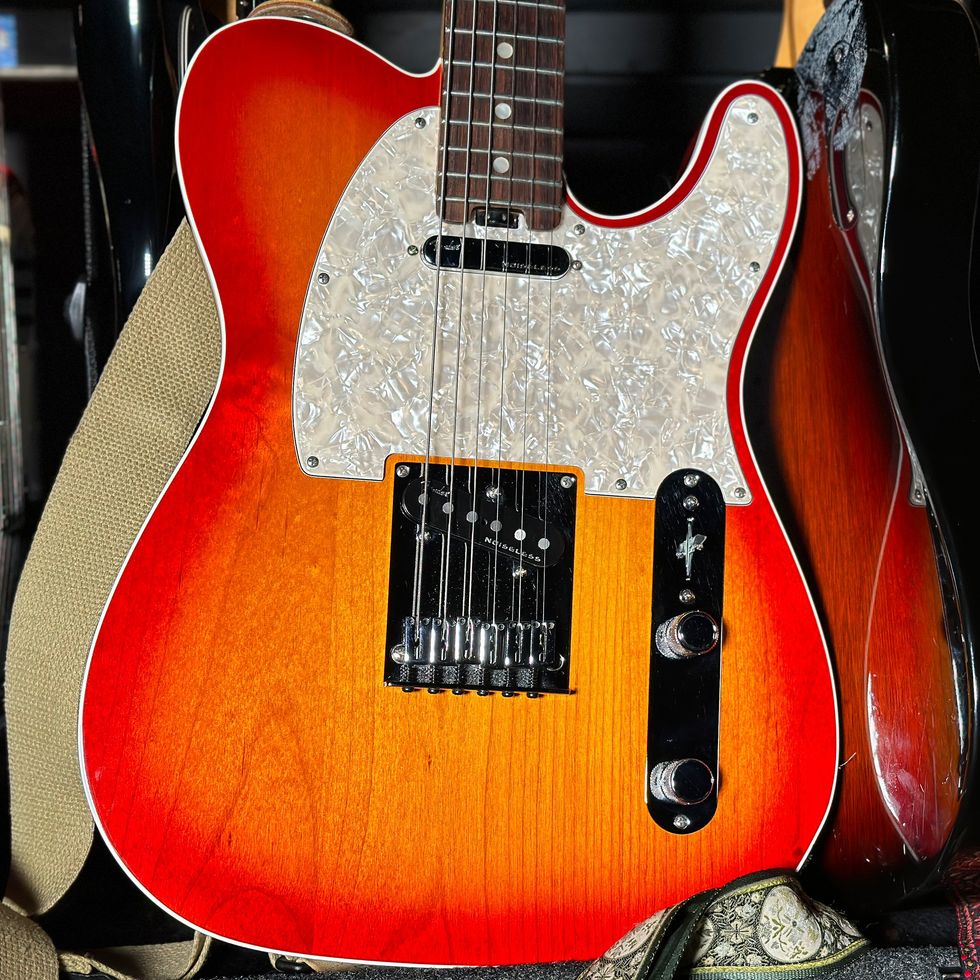
Before recording the band’s return album, LP2, Holmes secured this 2014 Fender American Elite Telecaster. “It’s a gorgeous guitar. It’s my favorite guitar. If I had three of them, that’s all I would play,” admits Holmes. He prefers to use the Elite for songs that require a more midrange sting.
Double Offsets
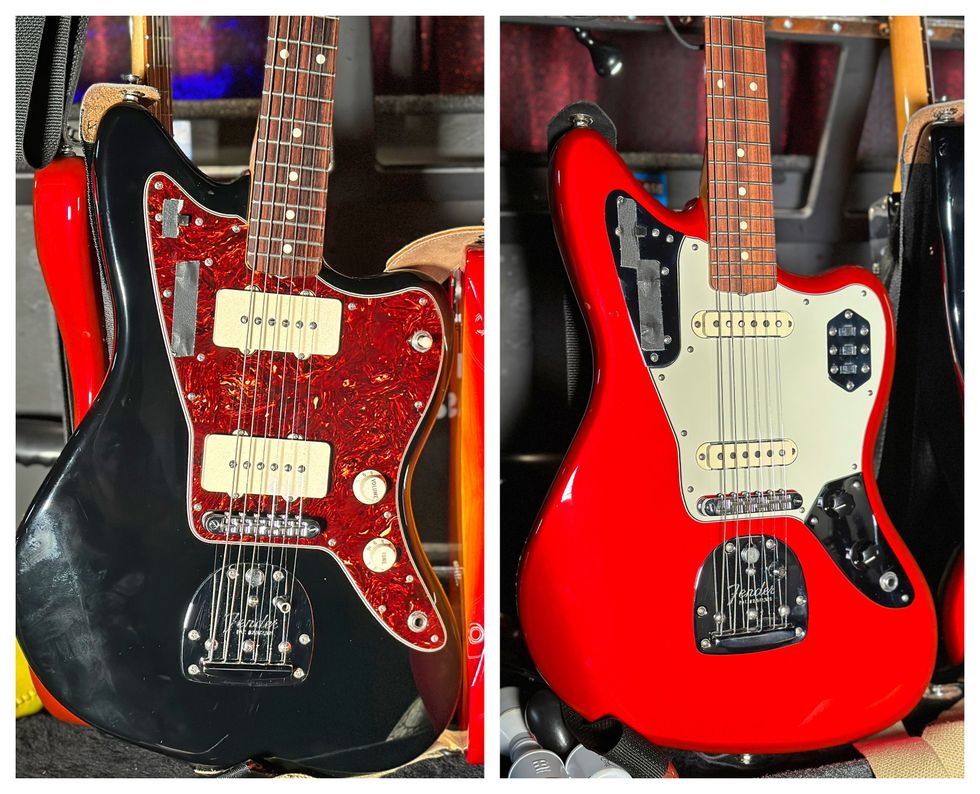
The Fender American Professional Jazzmaster gets stage time with Steve for the lowered tunings in their catalog, where the Fender ’60s Jaguar Fiesta Red works in the set for parts that require a more high-end, shriller attack.
Loud and Proud
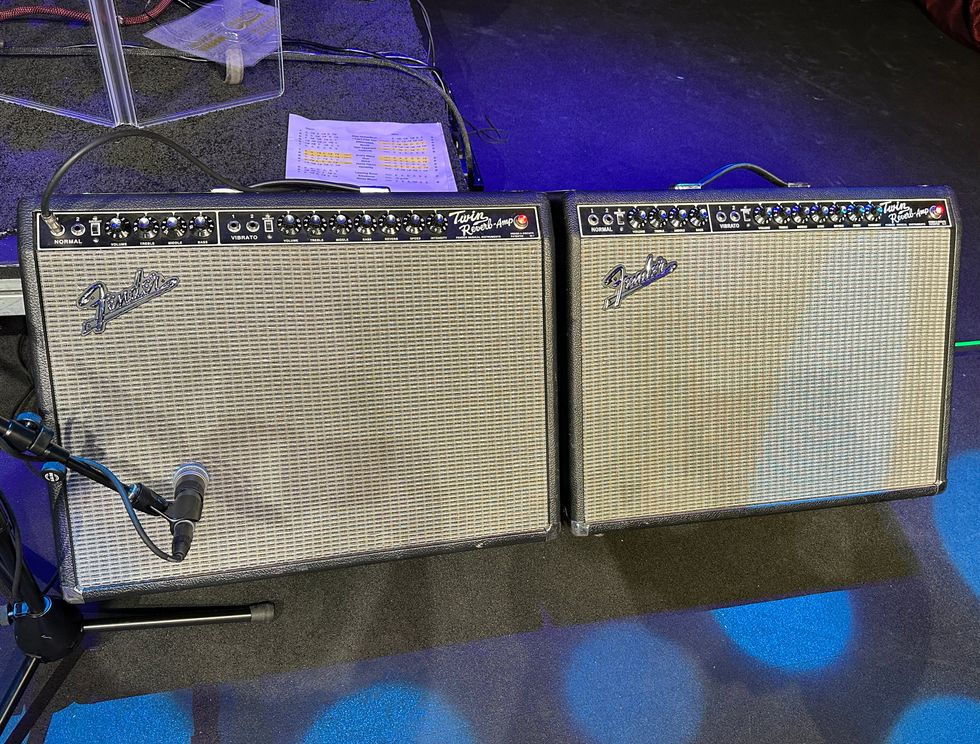
Steve opted for the beefier, 85W Fender ’65 Twin Reverb reissue for these summer shows because of its ability to provide the volume and stay clean.
Steve Holmes' Pedalboard
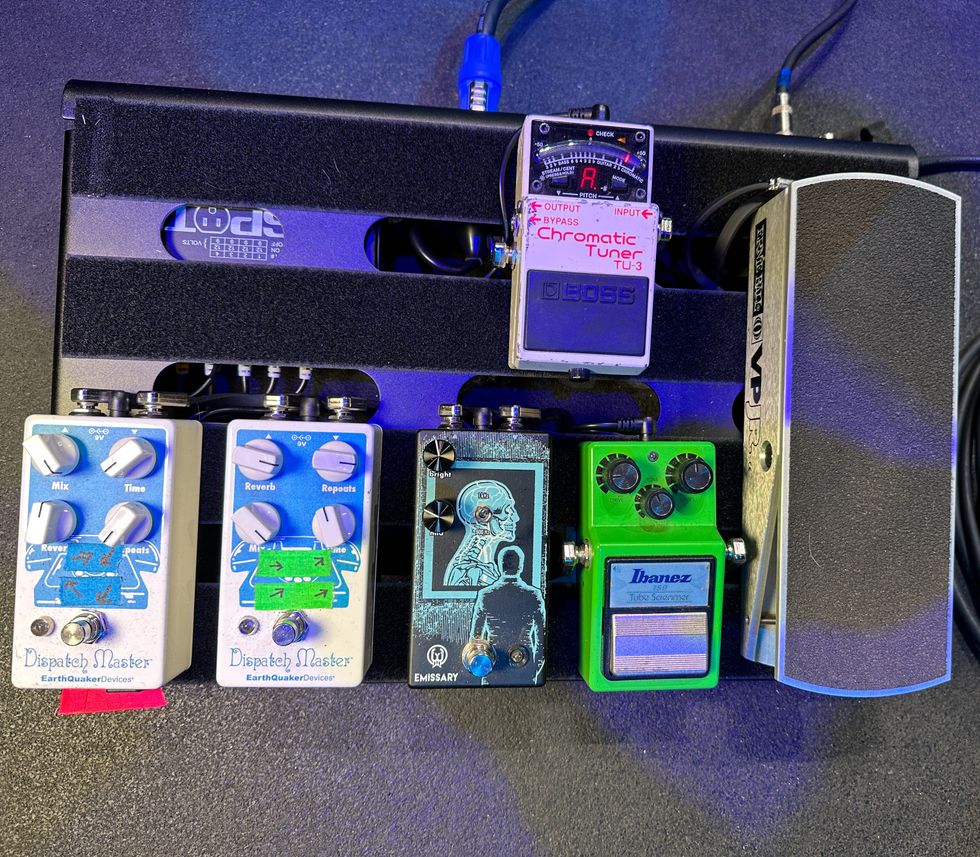
The double EQD Dispatch Master layout is giving Steve a reverb wash while the second dream box adds in delay on top of the reverb. He will occasionally engage them both to build a climactic moment in a song. The Walrus Audio Emissary parallel boost works to push the signal and the Ibanez TS9 Tube Screamer adds in some snarl. Holmes relies on an Ernie Ball VP Junior 250K for dynamics and a Boss TU-3 Chromatic Tuner to keep his Fenders in check.
Shop American Football's Rig

Fender Player Plus Telecaster
DiMarzio Chopper T Bridge
Fender American Professional Jazzmaster
Fender Vintera '70s Telecaster Custom
Fender Deluxe Reverb
Fender Twin Reverb
Keeley Caverns
EarthQuaker Devices Avalanche Run
EHX Holy Grail Nano
EarthQuaker Devices Special Cranker
EarthQuaker Devices Dispatch Master
Walrus Audio Emissary




![Rig Rundown: Russian Circles’ Mike Sullivan [2025]](https://www.premierguitar.com/media-library/youtube.jpg?id=62303631&width=1245&height=700&quality=70&coordinates=0%2C0%2C0%2C0)




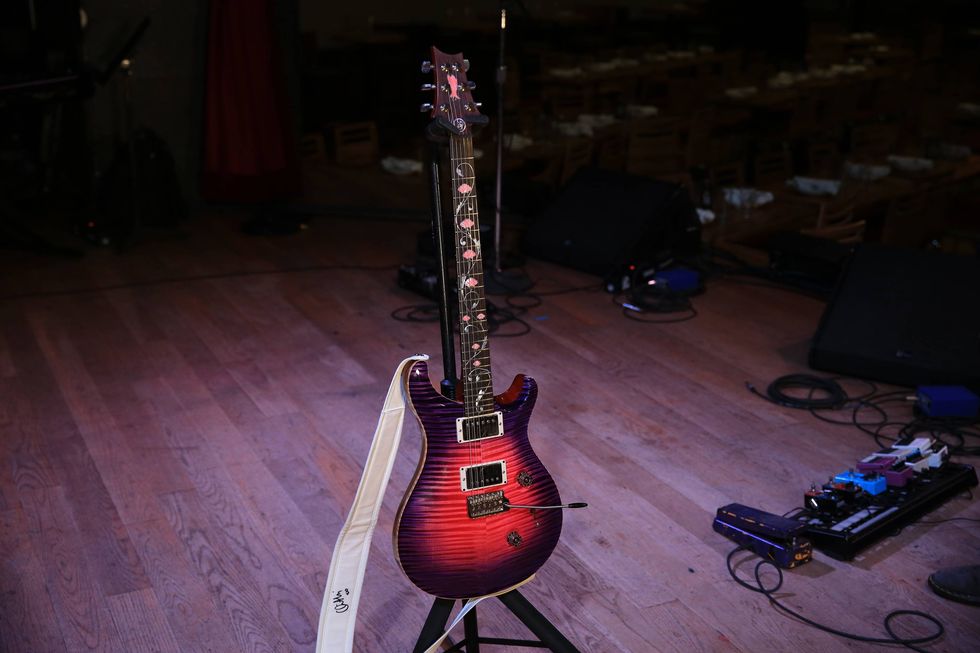
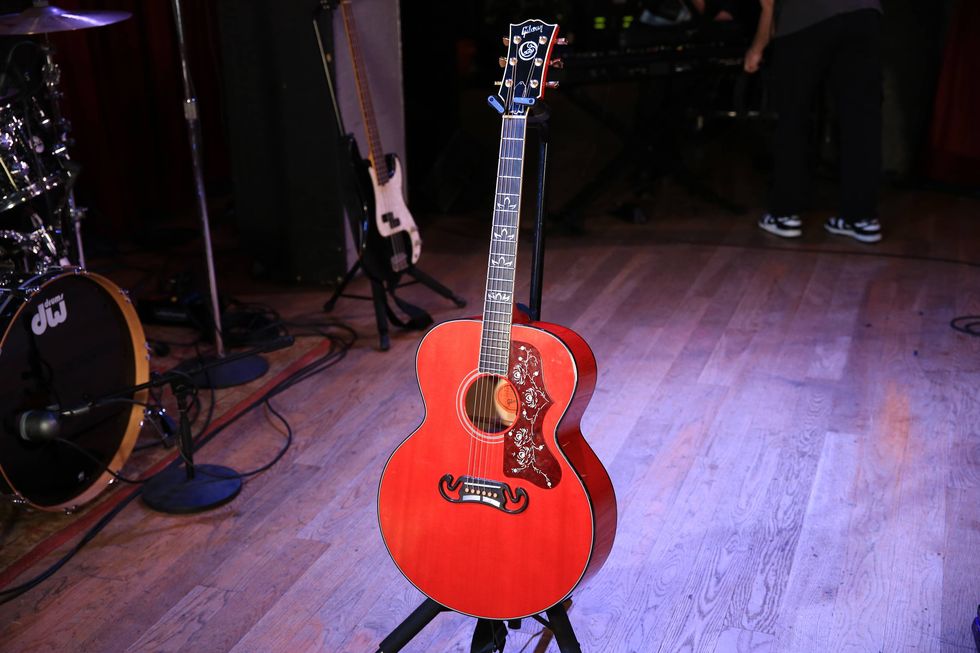
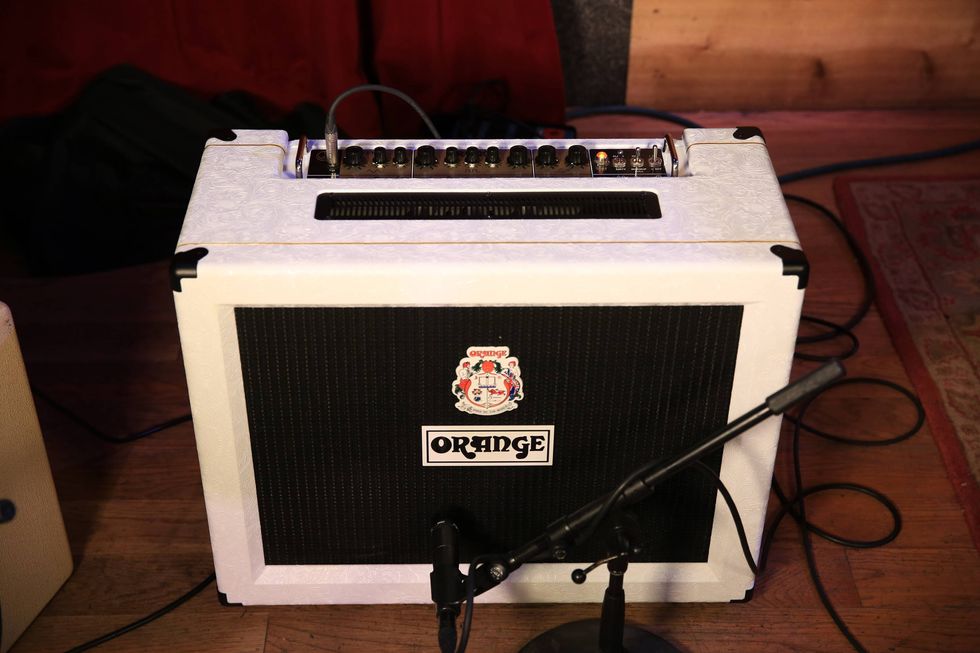
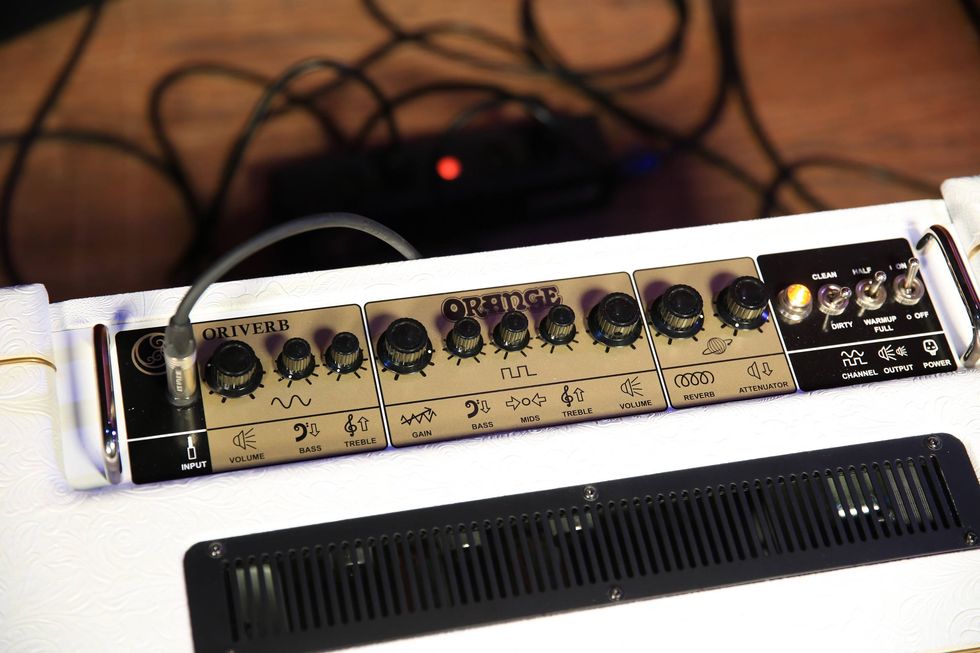
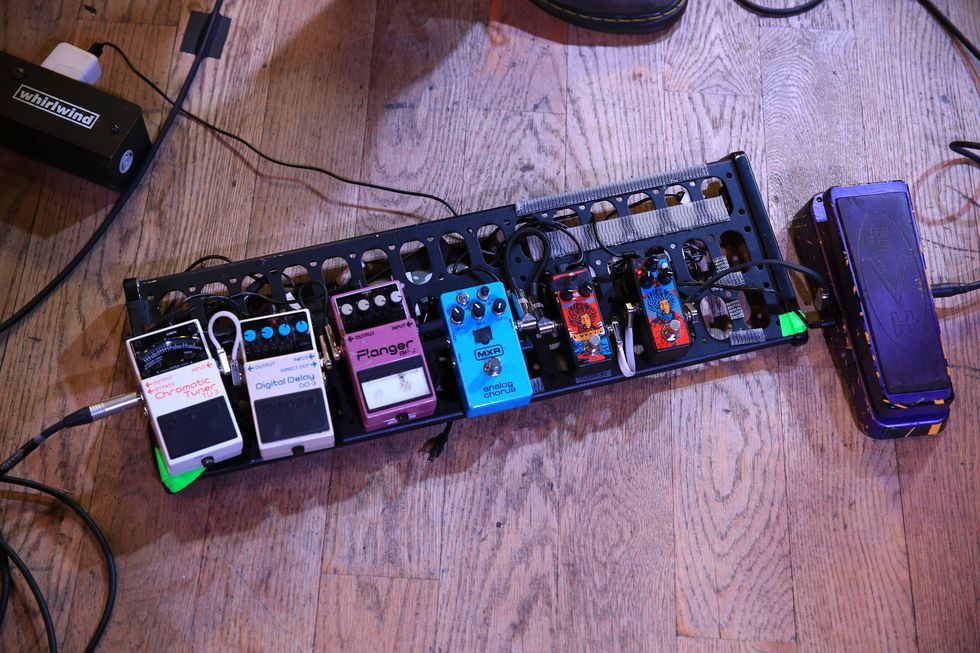







![Rig Rundown: AFI [2025]](https://www.premierguitar.com/media-library/youtube.jpg?id=62064741&width=1245&height=700&quality=70&coordinates=0%2C0%2C0%2C0)












 Shop Scott's Rig
Shop Scott's Rig







 Zach loves his Sovtek Mig 60 head, which he plays through a cab he built himself at a pipe-organ shop in Denver. Every glue joint is lined with thin leather for maximum air tightness, and it’s stocked with Celestion G12M Greenback speakers.
Zach loves his Sovtek Mig 60 head, which he plays through a cab he built himself at a pipe-organ shop in Denver. Every glue joint is lined with thin leather for maximum air tightness, and it’s stocked with Celestion G12M Greenback speakers.







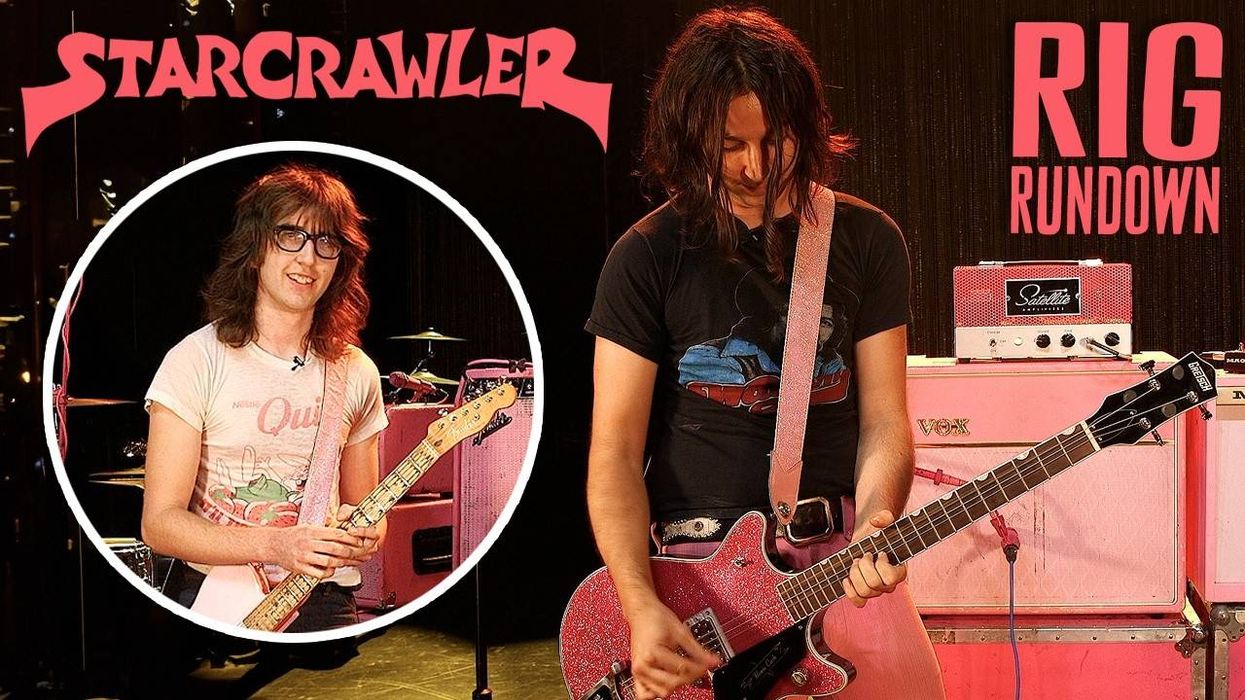
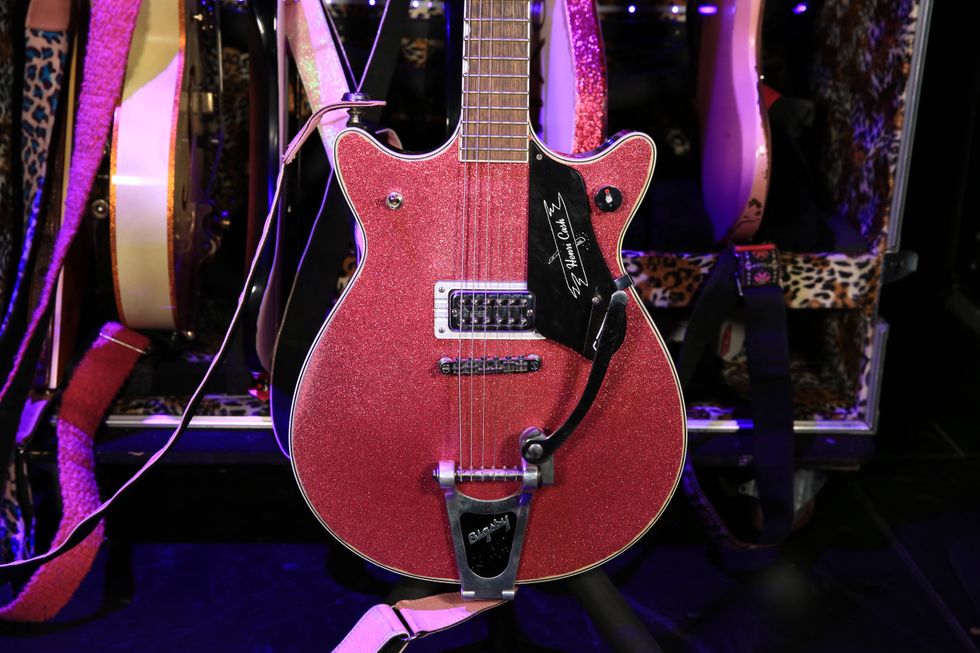
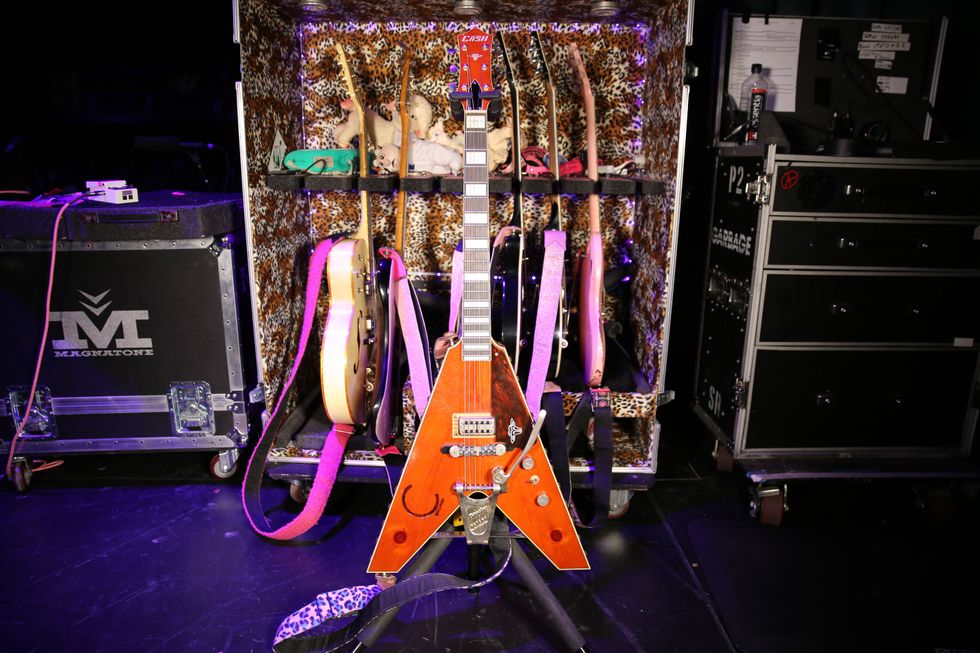
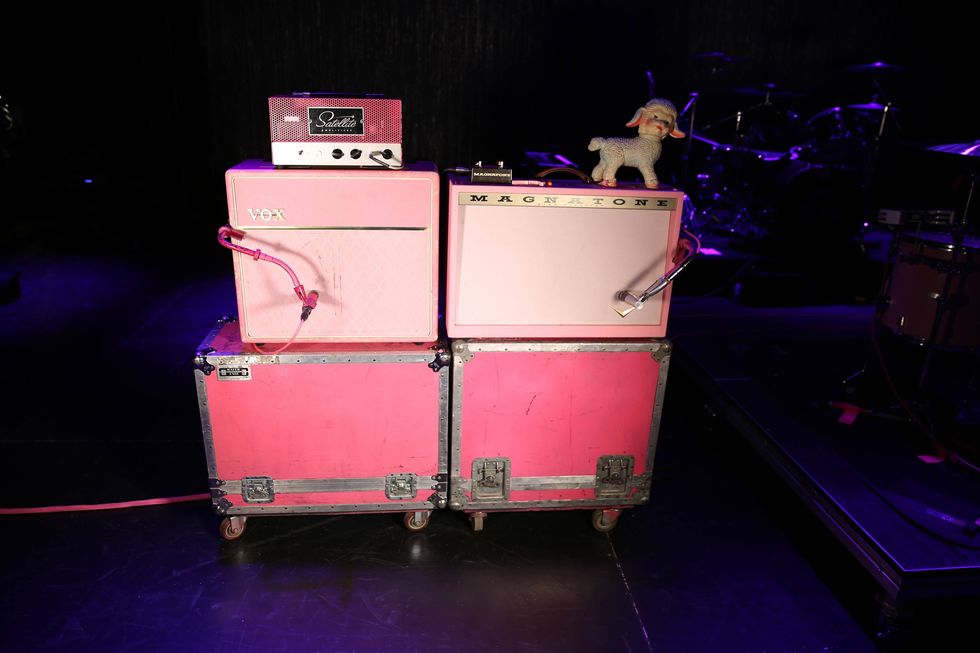
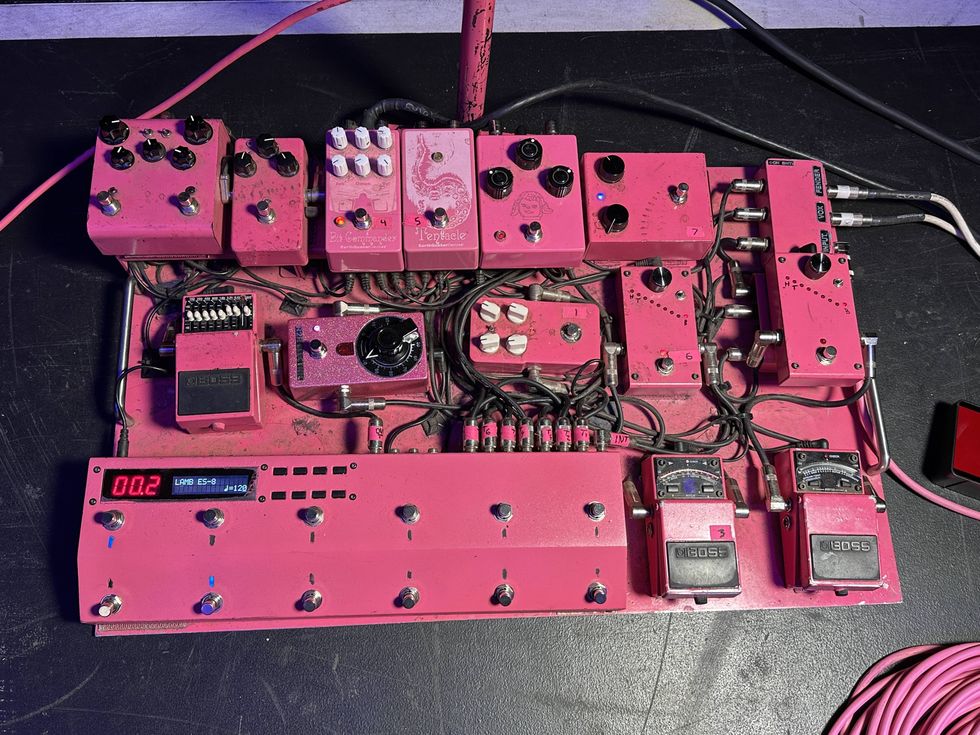
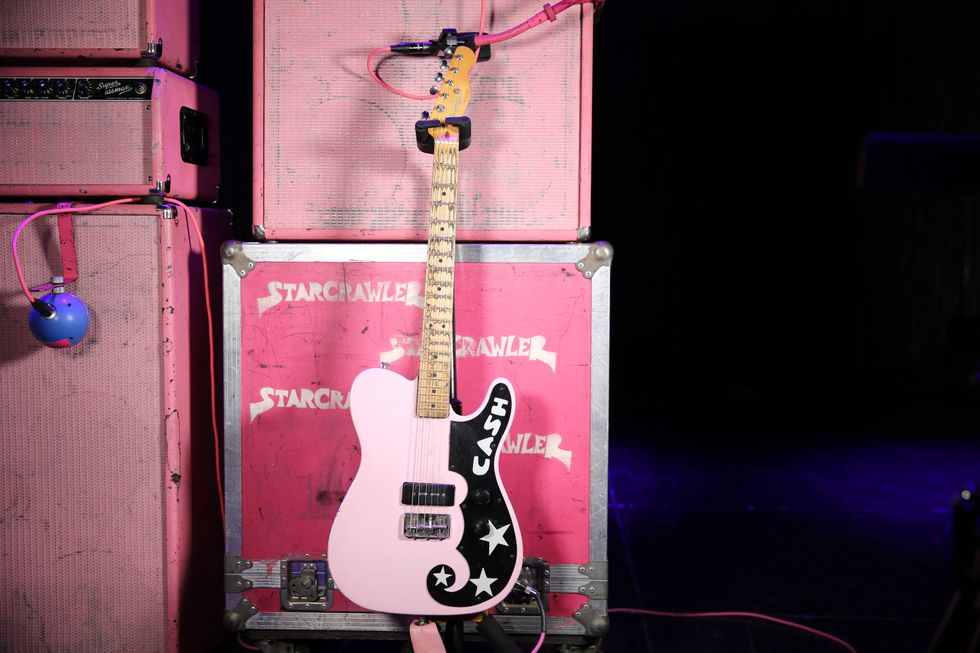
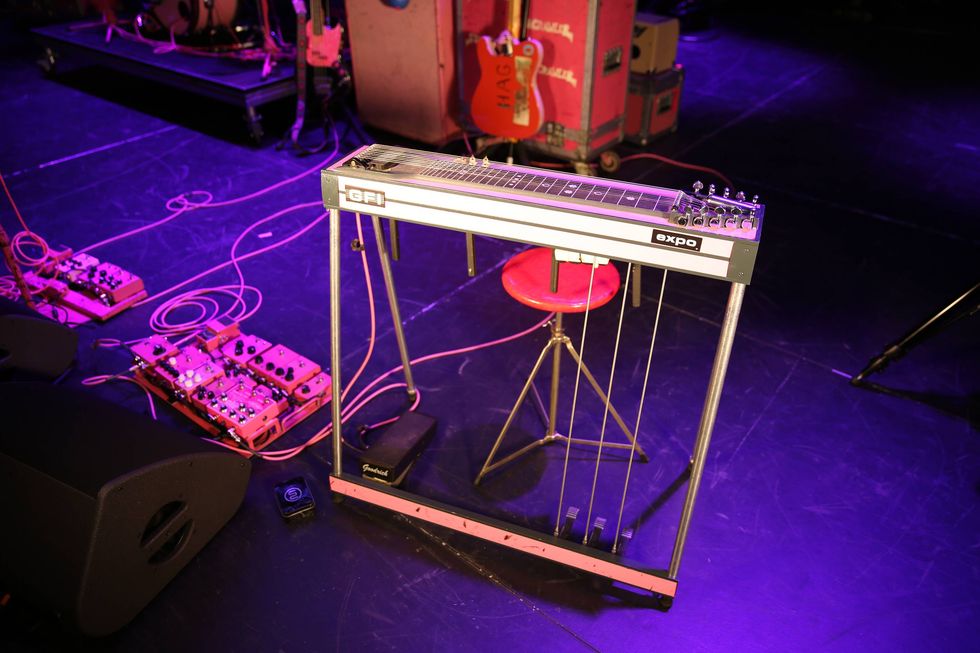

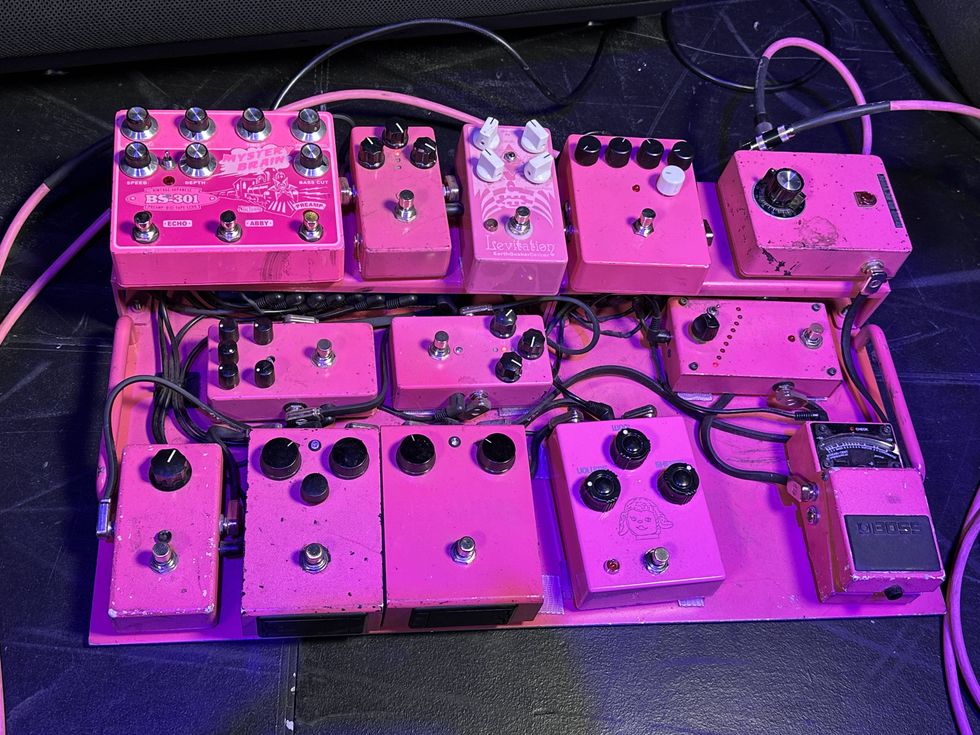

![Devon Eisenbarger [Katy Perry] Rig Rundown](https://www.premierguitar.com/media-library/youtube.jpg?id=61774583&width=1245&height=700&quality=70&coordinates=0%2C0%2C0%2C0)






